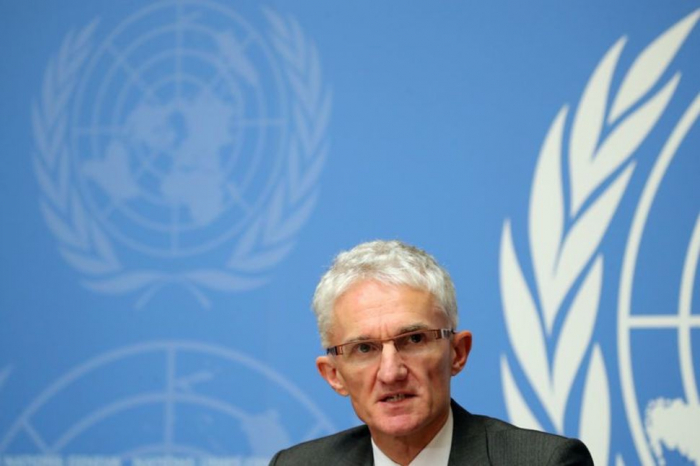The COVID-19 pandemic has fueled a 40% increase in the number of people needing humanitarian assistance around the globe, the United Nations said on Tuesday, as it appealed for roughly $35 billion to help many of those expected to be in need next year.
“If everyone who will need humanitarian aid next year lived in one country, it would be the world’s fifth largest nation,” U.N. aid chief Mark Lowcock said.
“The pandemic has wreaked carnage across the most fragile and vulnerable countries,” he added.
The United Nations has set out 34 humanitarian response plans covering 56 countries for 2021, aiming to help 160 million of what it forecasts to be 235 million most vulnerable people worldwide facing hunger, conflict and the impacts of climate change and the coronavirus pandemic.
“We always aim to reach about two-thirds of those in need because others, for example the Red Cross, will try to meet the remaining gap,” Lowcock said.
He said this year donors gave a record $17 billion to fund humanitarian operations and data showed that aid reached 70% of the people targeted.
While Lowcock noted the $35 billion needed for 2021 was a lot of money, he said it was a “very small” amount compared to what rich countries have spent protecting their citizens during the pandemic.
Key among the concerns for Lowcock is averting famines in countries including Yemen, Afghanistan, northeast Nigeria, South Sudan, Democratic Republic of the Congo and Burkina Faso.
“There is a clear and present danger of really a large scale famine in Yemen now and the single biggest reason for that is because some very important countries who provided a lot of assistance for our relief operation in 2018 and 2019 have not done that in 2020 and those are the countries of the Gulf,” he said.
More about: #UnitedNations















































